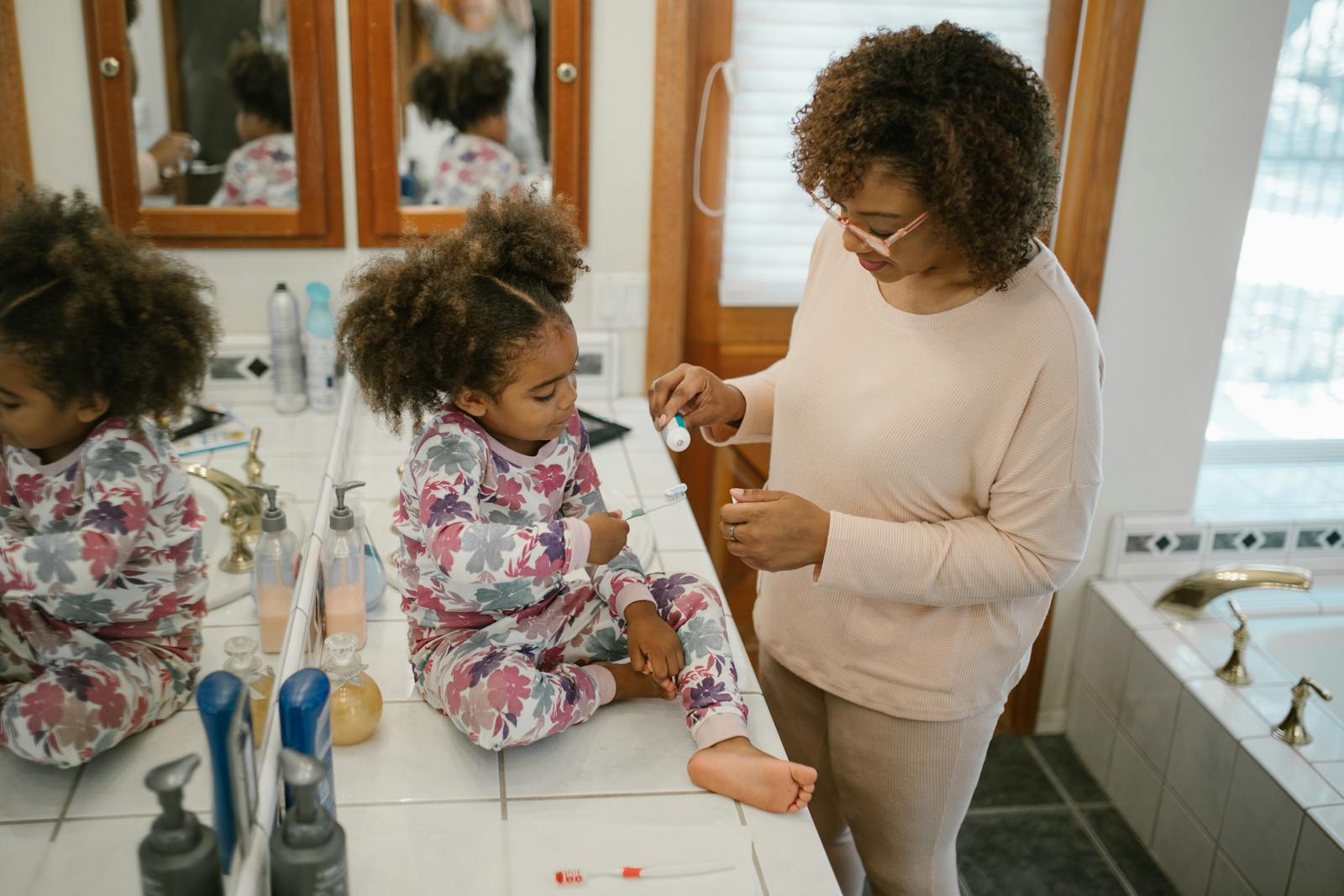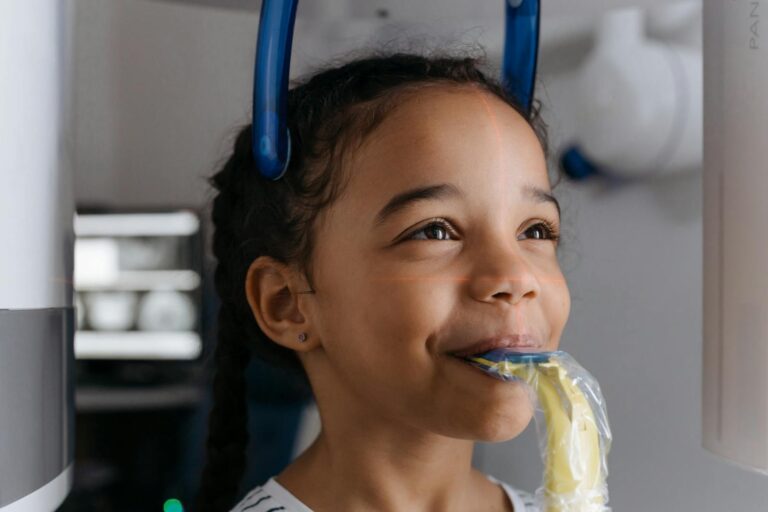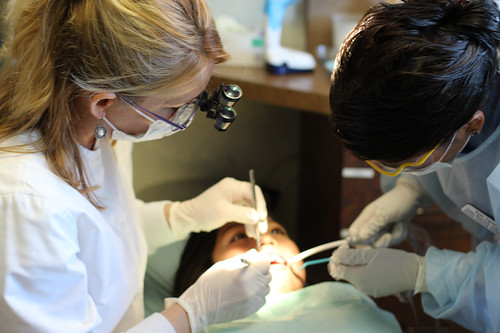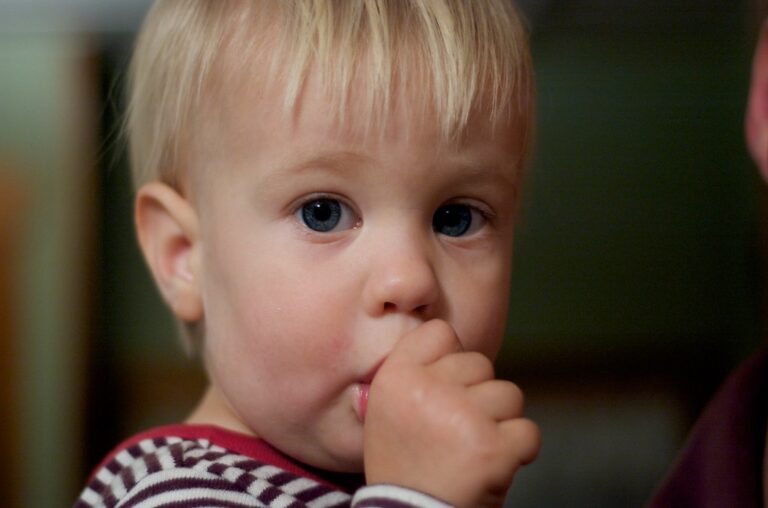My Toddler Cries During Brushing – What Can I Do?
If your toddler cries, squirms, or outright refuses to let you brush their teeth, you’re definitely not alone. For many parents, brushing time becomes a daily power struggle—complete with tears, tantrums, and a toothbrush left untouched. While it can be frustrating, it’s also completely normal. Toddlers are developing their sense of independence, and resisting brushing is often more about control than the toothbrush itself.
That said, daily brushing is essential—even for baby teeth. So how can you turn this daily standoff into a smoother, even enjoyable, experience? Let’s explore why toddlers may resist brushing and what you can do to ease their distress and build positive habits that last.
Why does My Toddler Resist Brushing?
Understanding the reasons behind the tears can help you respond with more patience and creativity. Here are some common causes:
– Sensitivity: Toddlers may have tender gums or be teething, making brushing uncomfortable.
– Discomfort: The toothbrush may feel too rough, too large, or simply unfamiliar.
– Independence: Toddlers are learning to say “no” and want to assert control over their routines.
– Fear: Some children are afraid of the sensation, sound, or idea of brushing.
– Overstimulation: For sensitive children, the physical act of brushing can feel overwhelming.
The good news? You can work through all of these with the right mix of empathy, routine, and creative strategies.
Tips to Make Brushing Less Stressful (and even fun)
1. Let your toddler take the lead
Hand your child the toothbrush and let them explore. Even if their brushing isn’t thorough, it gives them a sense of control. After they’ve had a turn, say, “Great job! Now it’s my turn to help finish up.” This teamwork approach reduces resistance.
2. Use a child-sized toothbrush with soft bristles
Make sure the toothbrush is appropriate for your child’s age. A small head and ultra-soft bristles will feel gentler in their mouth. Some toddlers prefer electric toothbrushes because of the novelty, while others prefer manual—try both and see which works best.
3. Make it a game or story
Turn brushing into a fun adventure. Pretend the toothbrush is a superhero fighting “sugar bugs,” or sing a silly brushing song together. You can even use a timer shaped like a rocket or an animal to count down the two minutes. The more playful the experience, the less likely your child is to resist.
4. Brush together
Children love to imitate their parents. Let your toddler watch you brush your teeth and make it a family activity. Smile, laugh, and show them it’s just a normal, non-scary part of daily life.
5. Use a mirror
Sometimes kids want to see what’s going on. Let your child brush in front of a mirror so they can watch themselves. It adds curiosity and removes some of the mystery around the process.
6. Offer choices
Give your child the power to choose their toothbrush, toothpaste flavor, or the song you sing while brushing. Offering choices within limits gives them a sense of control while still keeping the structure of the routine.
7. Be consistent but flexible
Stick to a consistent brushing schedule—usually morning and night—but don’t be afraid to adapt. Some children are more receptive at different times of day. If brushing after dinner works better than right before bed, go with it.
8. Praise and encourage
Celebrate small wins. Say things like, “I’m proud of you for opening your mouth today,” or “You let me brush for a whole minute—great job!” Positive reinforcement can go a long way in shaping your toddler’s attitude toward brushing.
When to seek help
If your child consistently refuses to let you brush, and you’re noticing signs of plaque buildup, bad breath, or early decay, it’s time to talk to your pediatric dentist. They can check for underlying issues like tooth sensitivity or oral aversions, and they’re also great at helping guide behavior in a non-stressful, child-friendly setting.
Final Thoughts
Tooth brushing struggles are a normal part of toddlerhood, but they don’t have to be a daily battle. With patience, creativity, and a little trial and error, you can help your child build comfort and confidence with their oral hygiene routine. Remember—this phase won’t last forever. What matters most is staying consistent, supportive, and keeping brushing time as positive as possible.






